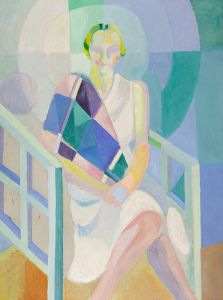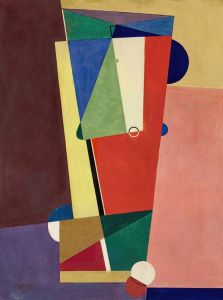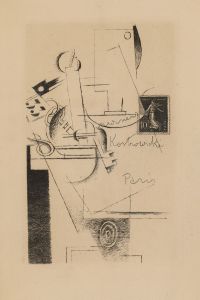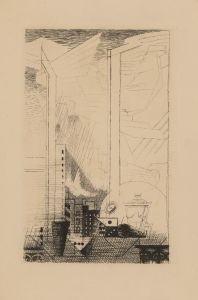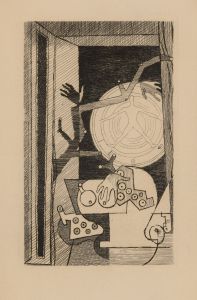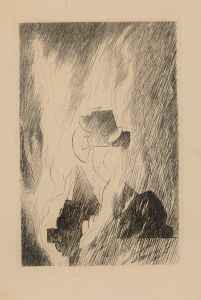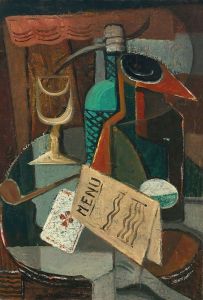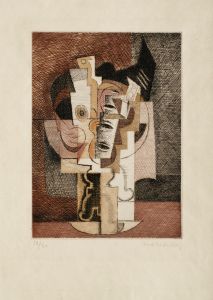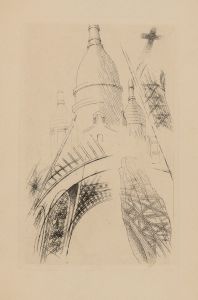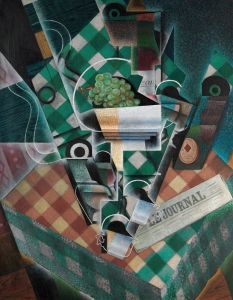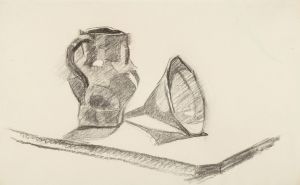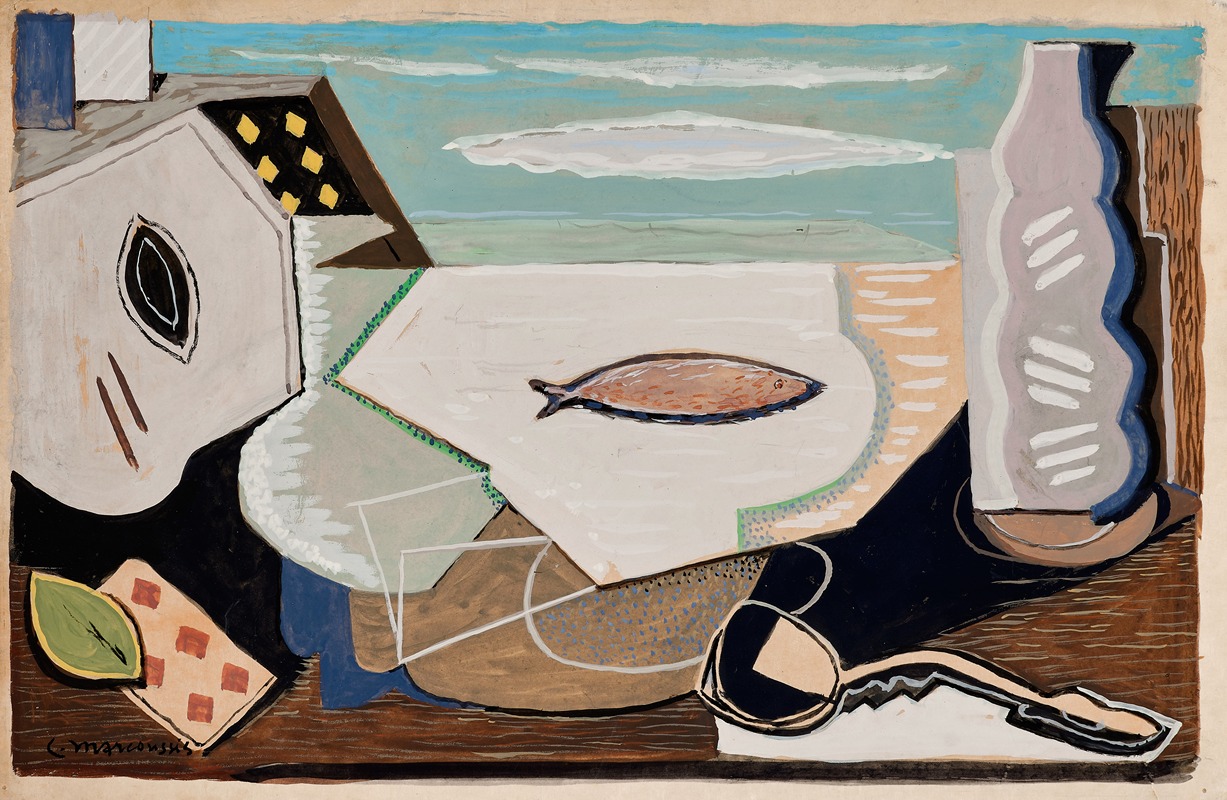
Composition au poisson
A hand-painted replica of Louis Marcoussis’s masterpiece Composition au poisson, meticulously crafted by professional artists to capture the true essence of the original. Each piece is created with museum-quality canvas and rare mineral pigments, carefully painted by experienced artists with delicate brushstrokes and rich, layered colors to perfectly recreate the texture of the original artwork. Unlike machine-printed reproductions, this hand-painted version brings the painting to life, infused with the artist’s emotions and skill in every stroke. Whether for personal collection or home decoration, it instantly elevates the artistic atmosphere of any space.
Louis Marcoussis was a Polish-French painter and engraver associated with the Cubist movement. Born Ludwik Kazimierz Wladyslaw Markus in Warsaw in 1878, he later adopted the name Louis Marcoussis after moving to Paris, where he became an integral part of the vibrant artistic community in the early 20th century. Marcoussis is known for his contributions to Cubism, a revolutionary art movement that emerged in the early 1900s, characterized by fragmented and abstracted forms.
"Composition au poisson" is one of Marcoussis's works that exemplifies his engagement with Cubist principles. While specific details about this particular painting are not extensively documented, it is representative of the themes and techniques that Marcoussis explored throughout his career. His works often feature still lifes, musical instruments, and everyday objects, reimagined through the lens of Cubism.
Marcoussis's approach to Cubism was influenced by his interactions with other prominent artists of the time, including Pablo Picasso and Georges Braque, who were pioneers of the movement. He was also associated with the Section d'Or, a group of artists who sought to explore the mathematical and philosophical underpinnings of Cubism. Marcoussis's work is noted for its meticulous attention to detail and its subtle use of color and form to create complex compositions.
In "Composition au poisson," Marcoussis likely employed the typical Cubist technique of breaking down objects into geometric shapes and reassembling them in an abstracted form. This method allows the viewer to perceive multiple perspectives simultaneously, challenging traditional notions of representation and perspective in art. The inclusion of a fish in the composition may suggest a still life theme, a common subject in Cubist art, where everyday objects are transformed into dynamic and multifaceted visual experiences.
Marcoussis's paintings often reflect a harmonious balance between abstraction and representation, inviting viewers to engage with the artwork on both an intellectual and aesthetic level. His use of muted color palettes and intricate patterns contributes to the overall sense of depth and movement within his compositions.
Throughout his career, Marcoussis exhibited his work in various prestigious venues, gaining recognition for his unique contributions to the Cubist movement. His art was featured in exhibitions alongside other leading artists of the time, solidifying his reputation as a significant figure in early 20th-century art.
In summary, "Composition au poisson" by Louis Marcoussis is a testament to the artist's skillful application of Cubist techniques and his ability to transform ordinary subjects into complex and thought-provoking compositions. While specific details about this painting are limited, it remains an important part of Marcoussis's oeuvre and the broader Cubist movement.





